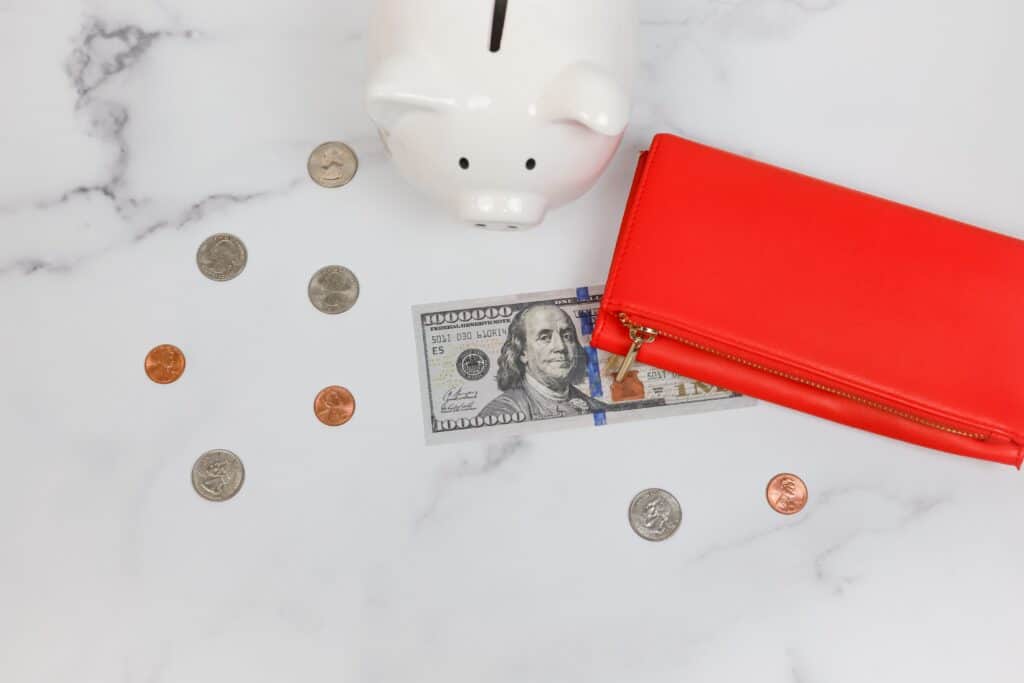After struggling for years with money and budgeting, I began to wonder why my budget wasn’t working for me. It was clear that my money wasn’t going where it was supposed to, so I decided to ask a different question: Where was it going?
To figure this out, I began to look through my transactions of the previous months. Each transaction was categorized into various categories of spending, done electronically through my bank money manager.
While what I bought and how much I spent were different, I began to see trends in my overspending. So I dug deeper. I looked at what I was purchasing and wondered what was causing me to spend money.
At first the purchases seemed random and unrelated. But as I looked closer I began to see similar causes. Some purchases were made because of a bargain or sale, while others were made to fill an emotional need. Then there were the purchases made for myself because I felt I deserved a reward.
Seeing these trends in my spending made me wonder…
Were these spending trends unique to me, or were they applicable to all people that struggle with overspending?
I began to reach out to those around me about their shopping habits, struggles, and stresses. As I did, I began to notice common themes—the thrill of finding a good deal; impulse purchases. For others—a lack of motivation in dealing with their finances, or a vicious cycle of spending money and saving it.
The more I reached out, the more I realized that the trends in my spending were applicable to others. But identifying spending as an issue was not enough—I wanted solutions.
Could knowing why people buy be the beginning of understanding how to curb overspending?

The Spending Types
I identified six main spending habits. These habits categorize behaviors that trigger spending. I call them The Spending Types:
The Necessity Spender, The Bargain Spender, The Impulse Spender, The Emotional Spender, The Passive Spender, The Saving Spender.
When you identify what triggers the urge to splurge, you can learn to stop the impulse—before it happens.

The Necessity Spender
The Necessity Spender spends most of their money on things that are needed for the household or family members and close friends. When they do buy something that is not a necessity, they tend to only buy it at a reduced price or lower quality than they would buy otherwise. The Necessity Spender spends money on bargains, but the purchase is determined by how much they need the item, not by the sales price. From a money standpoint it is good to only stick to buying necessities, but simply choosing ‘not to spend money’ on its own is not a financial plan. Saving needs to be intentional; with a plan and purpose.

The Bargain Spender
The Bargain Spender spends most of their money shopping for bargains. They always comparison shop with other stores and other people to ensure they are getting the best deal. The thrill is in the deal and hunt for treasures. The anticipation of what item or deal they will find next keeps them shopping.
The Emotional Spender
The Emotional Spender spends most of their money during times of heightened emotion. The purchase made depends on the emotion felt toward the item. Shopping replaces unwanted emotions with positive emotions and amplifies feelings of happiness. Feeling those positive emotions are what drive the Emotional Spender to overspend.

The Impulsive Spender
The Impulsive Spender spends most of their money on impulse—meaning that purchases are generally not planned in advance. The purchases made are the result of the item—having an intense desire to buy it and own it. Purchases made may have unique characteristics or have an element of scarcity, which triggers the impulse to buy it before it’s gone.

The Passive Spender
The Passive Spender is not actively aware of the use of their money. As a result, they often underestimate what they spend and overestimate what money they have. Passive Spenders prefer not to preoccupy themselves with finances, so what and how much they spend is of little concern. It’s not that the Passive Spender doesn’t have goals or dreams, but money is not a big motivator.

The Saving Spender
The Saving Spender has characteristics of both a spender and a saver. The Saving Spender goes through cycles of spending and saving. Periods of saving usually follow periods of spending—when, laden with guilt, they commit to refocus efforts to save. Similarly, periods of spending follow bouts of saving because the desire to spend has been pacified for too long. These periods of saving and spending are cyclical, and happen on a predictable routine.

Your Spending Type
Maybe your journey was like mine—trying new budgets only to have them fail, wondering why they didn’t work. Maybe your journey was different—you don’t handle the budget, but your spending habits are causing tension and conflict in a relationship. Whatever the case may be, you must identify the cause of your spending if you ever hope to get to the bottom of overspending. So, instead of revisiting your budget month after month wondering if you chose the right budget method or why it isn’t working, focus on what you do with your money. Focus on what you spend. After that, the only question left to ask is, What’s YOUR Spending Type?



